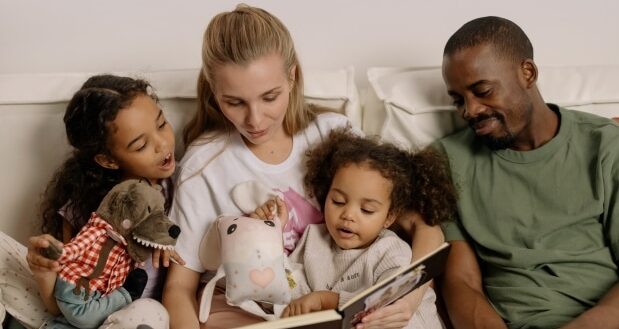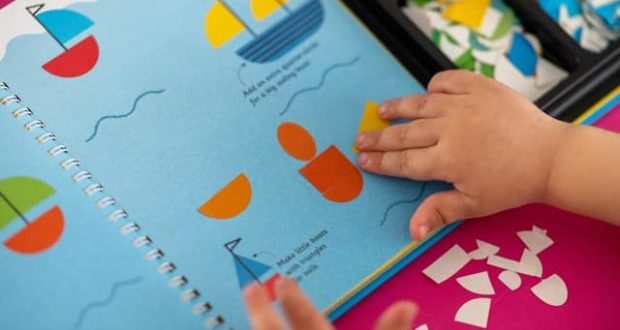Resilience In Children: Single Vs. Two-Parent Dynamics
Family structure is crucial in shaping a child’s upbringing and development. Single-parent and two-parent households have their strengths and challenges. They can impact a child’s emotional, social, and cognitive development differently.
In this blog post, we’ll explore the differences between being raised in single-parent or two-parent households, delving into the effects on children’s well-being and growth.
Single Parenting: Strengths and Challenges
Strengths
Given the concentrated time and attention they can provide, single parents often develop a strong bond with their children. These parents usually take on dual roles and become adept at balancing responsibilities.
This can lead to children learning essential life skills such as independence, self-reliance, and adaptability. Additionally, single-parent families can create an environment where children learn the value of hard work, resilience, and determination.
Challenges
Children raised by a single parent face challenges like limited time and resources. This can impact the quality and quantity of interactions, potentially affecting emotional bonding and cognitive stimulation.
Financial strains may also limit access to educational opportunities, extracurricular activities, and other enriching experiences depending on the family’s circumstances. The absence of a co-parent can make decision-making and emotional support more challenging, which may impact a child’s overall emotional development.
Two-Parent Families: Strengths and Challenges
Strengths
Children raised in a two-family household often benefit from shared responsibilities and resources. A stable and consistent family environment can provide emotional security and a strong foundation for growth.
The presence of two role models can expose children to diverse perspectives, nurturing empathy and understanding. Additionally, the complementary strengths of both parents can contribute to a more balanced upbringing.
Challenges
Even in two-parent households, challenges can arise. Communication and parenting styles might differ, leading to confusion or inconsistency for the child. Conflict between parents can have adverse effects on children’s emotional well-being.
In some cases, children may feel pressure to conform to parental expectations, and there could be a risk of overburdening them with the high expectations of both parents. Also, the changes from a child transitioning into a blended family can bring challenges.
Impact on Children’s Development
Emotional Development
Children from single-parent and two-parent families can develop well emotionally, albeit that development may differ in each case. In single-parent households, children may build self-reliance and empathy, but there is a risk of loneliness or emotional insecurity due to the absence of a co-parent.
In two-parent families, emotional stability can be fostered through shared emotional support, but conflicts between parents could adversely impact the child’s emotional well-being.
Social Development
Children raised by single parents might excel in building interpersonal skills and adaptability due to exposure to various situations. They learn to communicate with adults earlier and develop strong peer relationships.
In two-parent families, children benefit from observing healthy communication between parents, which sets a positive example for their interactions. However, if conflicts between parents are not handled well, it might affect a child’s social relationships.
Cognitive Development
In both family structures, cognitive development can thrive with an emphasis on education and stimulation. Single parents often prioritize their child’s education and encourage them to take on challenges.
In two-parent families, children may access a broader range of resources and educational opportunities due to shared responsibilities and combined incomes.
More Parenting Info at Support for Stepdads
The impact of being raised by a single parent compared to being raised by both parents in a married relationship is complex and multifaceted. Both family structures have strengths and challenges that can influence a child’s emotional, social, and cognitive development.
What remains constant is the importance of a loving, supportive, and nurturing environment. Regardless of the family structure, children’s well-being and growth thrive when they receive love, guidance, and opportunities to explore their potential.
Ultimately, parenting quality and the relationship’s strength matter most in shaping a child’s journey toward a successful and fulfilling future.
If you want parenting advice, check out the rest of our blog.






